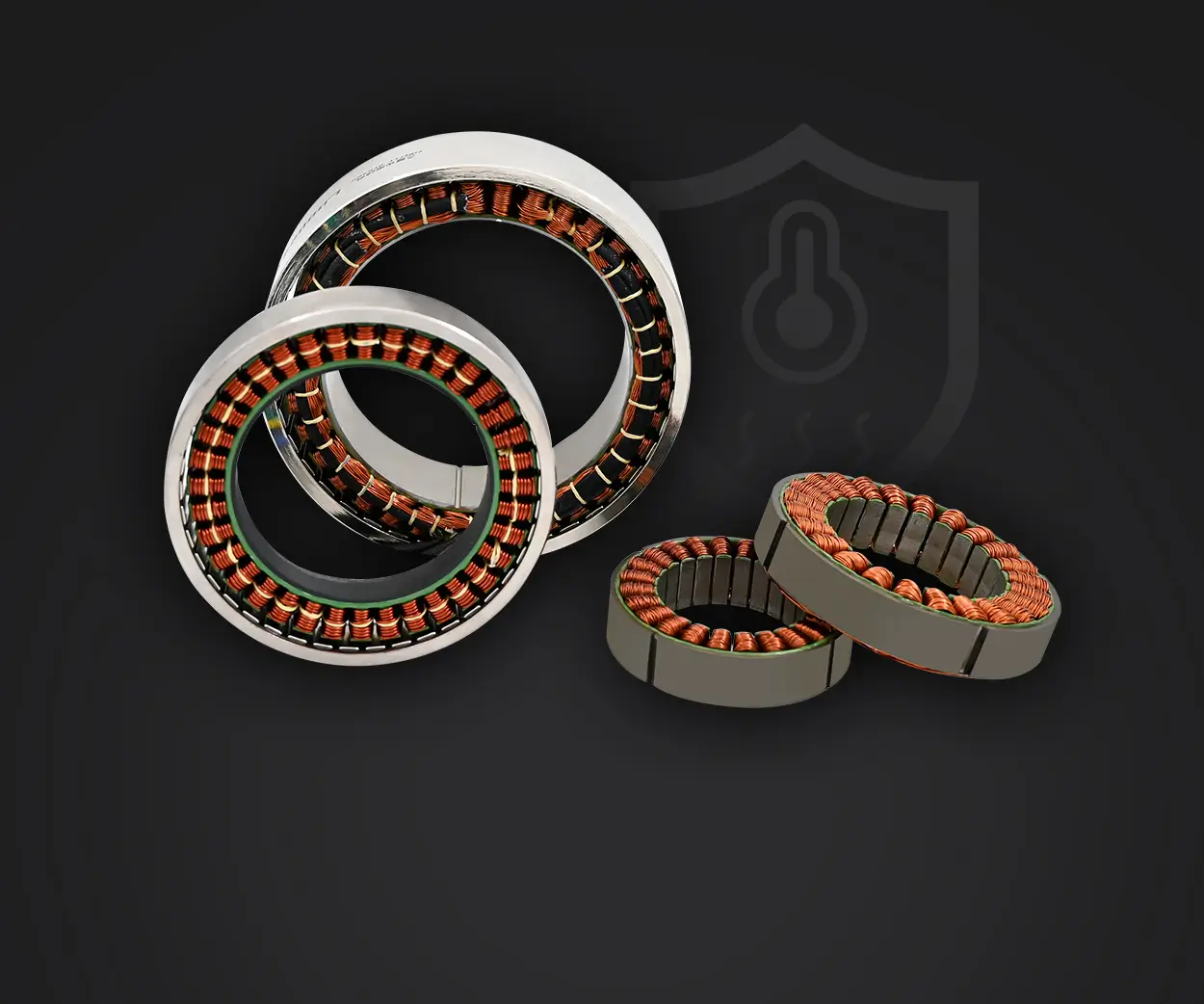Ever tried grabbing a servo motor and making it dance to your code? It’s a game-changer, honestly. Wiring a servo motor to an Arduino isn’t as intimidating as it looks—think of it as a simple handshake between two tech buddies. You get the power supply, the control signal, and let the magic happen.

First things first, pick your servo motor. Make sure it’s compatible with your Arduino setup. Most of these little guys come with three wires – power (usually red), ground (black or brown), and signal (white or yellow). No surprises there. The power wire gets plugged into the 5V pin on the Arduino, unless your servo specifies differently. Connecting the ground is straightforward—just pop it into one of the GND pins. The signal wire, the one that actually carries your command, should go into one of the PWM-capable pins, like pin 9 or 10. It’s almost like setting up a little puppeteer for your motor.
Now, sometimes that’s when the questions pop up. Like, "Do I need a separate power supply?" Well, if you’re running just one servo, the Arduino’s 5V often does the trick. But crank up the number — like, more than two— and things get a bit more delicate. Overloading the Arduino’s power line can lead to hiccups or resets, which is a real buzzkill. Using an external power source—say, a 5V battery pack—can keep everything running smoothly.
Here’s a little pro tip: always make sure to connect the ground of the power supply with the Arduino ground. It’s a simple link, but it’s the glue that keeps the signals consistent. Imagine trying to communicate with someone speaking a different language—without a common ground, it can get messy.
Once your wires are in place, it’s about code. You just need a library like the Servo library in Arduino’s environment. It’s a set-it-and-forget-it deal—call that servo object, attach it to your pin, and tell it to move to a position. Bam! That’s it. A few lines of code later, your servo spins, swings, or does whatever motion you programmed. Feeling like a wizard yet?
Your curiosity probably keeps swirling. Can you control multiple servos? Absolutely, just assign each to a different pin. Want it to make a sweeping motion? Write a loop to increment and decrement angles. The possibilities are endless, really. And if you hit a snag—maybe it jerks or doesn’t move—that’s usually down to wiring, power issues, or code glitches. Fix those, and your servo will obey like a loyal pet.
So, whether you're tinkering in your garage or crafting a robotic arm, wiring a servo to Arduino is a fundamental move. It’s almost poetic, how simple components can produce such complex motion. Once you get the hang of it, you’ll find yourself designing all sorts of projects—drones, animatronics, even art installations. Because behind the scenes, it’s just connecting a few wires and telling a piece of code what to do. That’s the core thrill.
Established in 2005, Kpower has been dedicated to a professional compact motion unit manufacturer, headquartered in Dongguan, Guangdong Province, China. Leveraging innovations in modular drive technology, Kpower integrates high-performance motors, precision reducers, and multi-protocol control systems to provide efficient and customized smart drive system solutions. Kpower has delivered professional drive system solutions to over 500 enterprise clients globally with products covering various fields such as Smart Home Systems, Automatic Electronics, Robotics, Precision Agriculture, Drones, and Industrial Automation.




































